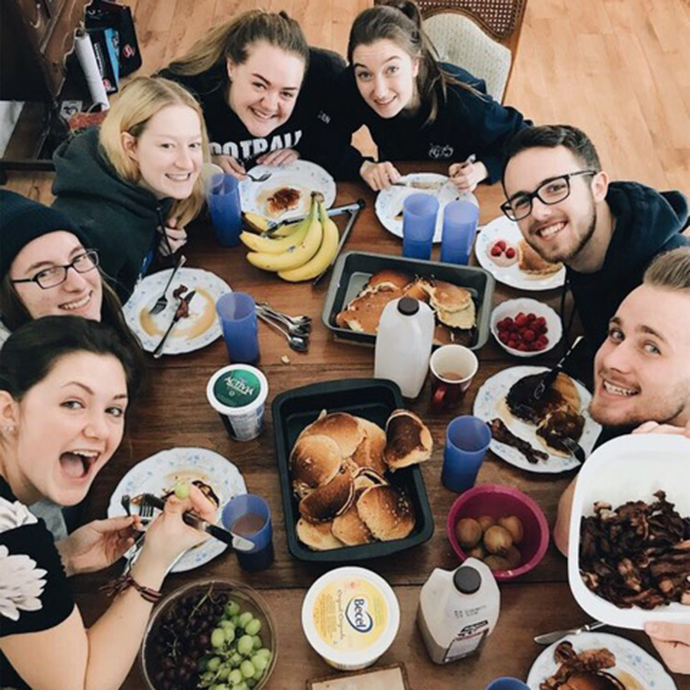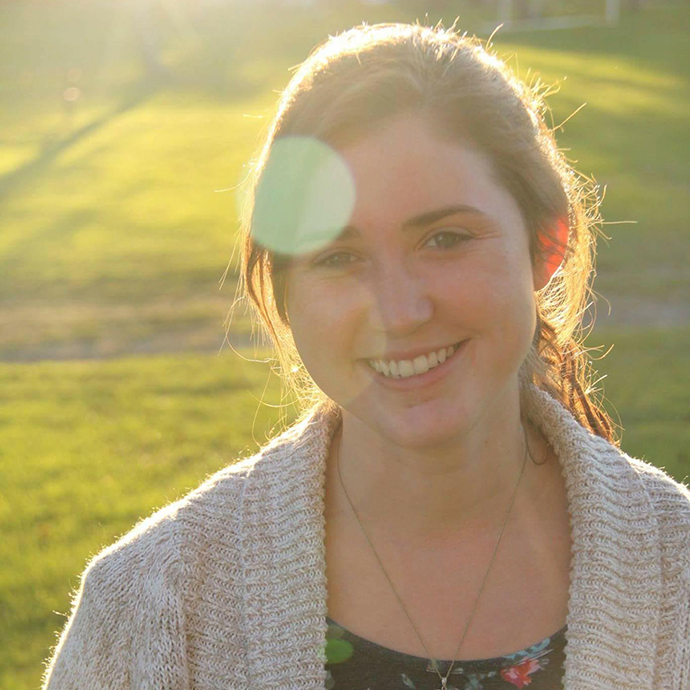In my final year of high school as I was weighing my options for post-secondary education, I distinctly remember telling my friends and family:
“I will NEVER live in a dorm room.”
I was (and still am) an introvert. I thrive on time alone in my room, with schedule, structure, and control of my surroundings. Dorm life sounded like the opposite of all these things that I loved and held so tightly onto. People everywhere, a multitude of different schedules all in one space, shared control of public spaces, and a lot of unknowns; it didn’t sound very appealing. This isn’t to say I didn’t like people or making friends, but the introvert in me knew that I needed plenty of time on my own to recharge and take care of my mental health. To me, living in a dorm room surrounded by strangers for an entire year sounded terrifying.
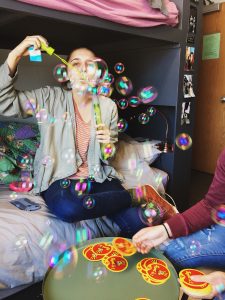 Now, take this girl and imagine her moving into Poettker Hall in the fall of 2017, and then again into the Katherine Friesen Apartments with TWO roommates in 2018. My high-school-self would have fainted. As it turns out, a lot of the opinions and beliefs I had about on-campus life turned out to be misconceptions. Imagine that: a high school student having misconceptions about the future and the world around them. I’m sure that’s never happened to anyone else…
Now, take this girl and imagine her moving into Poettker Hall in the fall of 2017, and then again into the Katherine Friesen Apartments with TWO roommates in 2018. My high-school-self would have fainted. As it turns out, a lot of the opinions and beliefs I had about on-campus life turned out to be misconceptions. Imagine that: a high school student having misconceptions about the future and the world around them. I’m sure that’s never happened to anyone else…
If I could have a conversation with the dorm-skeptic that I was in high school, or anyone questioning the positives of living on-campus, this is what I would have to say:
1.) Alone time is good! Loneliness is not.
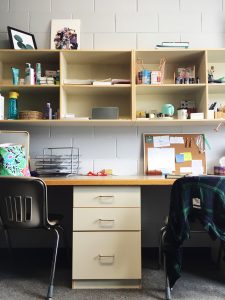 It’s natural to crave time to yourself. This is time we can take to reflect, practice self-care, and relax. But, spending all of your time alone is not healthy. I managed to create a fine balance of taking time for myself and stretching myself to have conversations and hang out with people outside of my room! It came as a beautiful surprise to me when a floor-mate would knock on my door and invite me to do something or go somewhere and I would respond with an eager “yes!”. Now, I didn’t say “yes” every time, but I found that the more connections I made with the people around me, the easier it was to feel at home in the space I lived in.
It’s natural to crave time to yourself. This is time we can take to reflect, practice self-care, and relax. But, spending all of your time alone is not healthy. I managed to create a fine balance of taking time for myself and stretching myself to have conversations and hang out with people outside of my room! It came as a beautiful surprise to me when a floor-mate would knock on my door and invite me to do something or go somewhere and I would respond with an eager “yes!”. Now, I didn’t say “yes” every time, but I found that the more connections I made with the people around me, the easier it was to feel at home in the space I lived in.
2.) You’re going to make new friends, but you don’t have to be best friends with everyone.
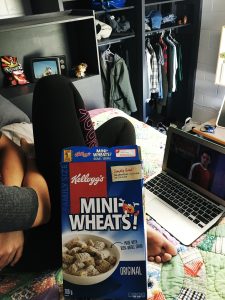 Making new friends is great, and I encourage it! But I don’t encourage devoting all of your time to forcing a close friendship with everyone in your dorm building. You’re going to need some time to study, too. Friendship is something that comes naturally. You’re not going to ‘click’ immediately with everyone on your floor, and that’s okay! Making an effort to connect with the people around you is a great start. There is no dorm-life rulebook that says you have to know the favourite colour of every single person on your floor or anything like that.
Making new friends is great, and I encourage it! But I don’t encourage devoting all of your time to forcing a close friendship with everyone in your dorm building. You’re going to need some time to study, too. Friendship is something that comes naturally. You’re not going to ‘click’ immediately with everyone on your floor, and that’s okay! Making an effort to connect with the people around you is a great start. There is no dorm-life rulebook that says you have to know the favourite colour of every single person on your floor or anything like that.
3.) Letting go of control is OKAY!
 Sometimes all of the shower stalls will be full, and that’s okay! Sometimes someone on your floor will practice their clarinet while you’re studying, so you’ll pop in some headphones or head to the library, and that’s okay! Sometimes you won’t write down “impromptu yoga-party in the first floor lounge” in your agenda and one will occur anyways, and that’s okay! Sometimes you’ll stay up later than you expected to, sitting in the hallway with some people who used to be strangers but are now more like sisters, talking and laughing while telling stories, and that’s okay! It’s wonderful, actually.
Sometimes all of the shower stalls will be full, and that’s okay! Sometimes someone on your floor will practice their clarinet while you’re studying, so you’ll pop in some headphones or head to the library, and that’s okay! Sometimes you won’t write down “impromptu yoga-party in the first floor lounge” in your agenda and one will occur anyways, and that’s okay! Sometimes you’ll stay up later than you expected to, sitting in the hallway with some people who used to be strangers but are now more like sisters, talking and laughing while telling stories, and that’s okay! It’s wonderful, actually.
So, to my dorm-life skeptic high-school-self: it may come as a big surprise, but you’ll end up living on-campus and loving it. It’ll have it’s ups and downs, but with each of them will come growth and lessons. You certainly won’t become an extrovert in any sense of the word, but you’ll be able to call your university campus “home”, and that’s all you’ll need.
– Chloe Friesen, 2nd year Communications and Media student

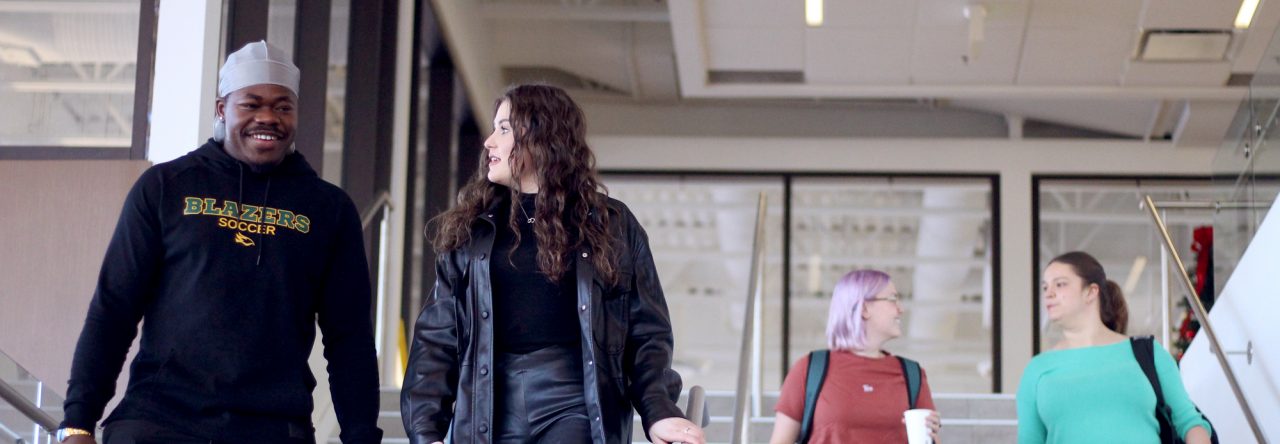


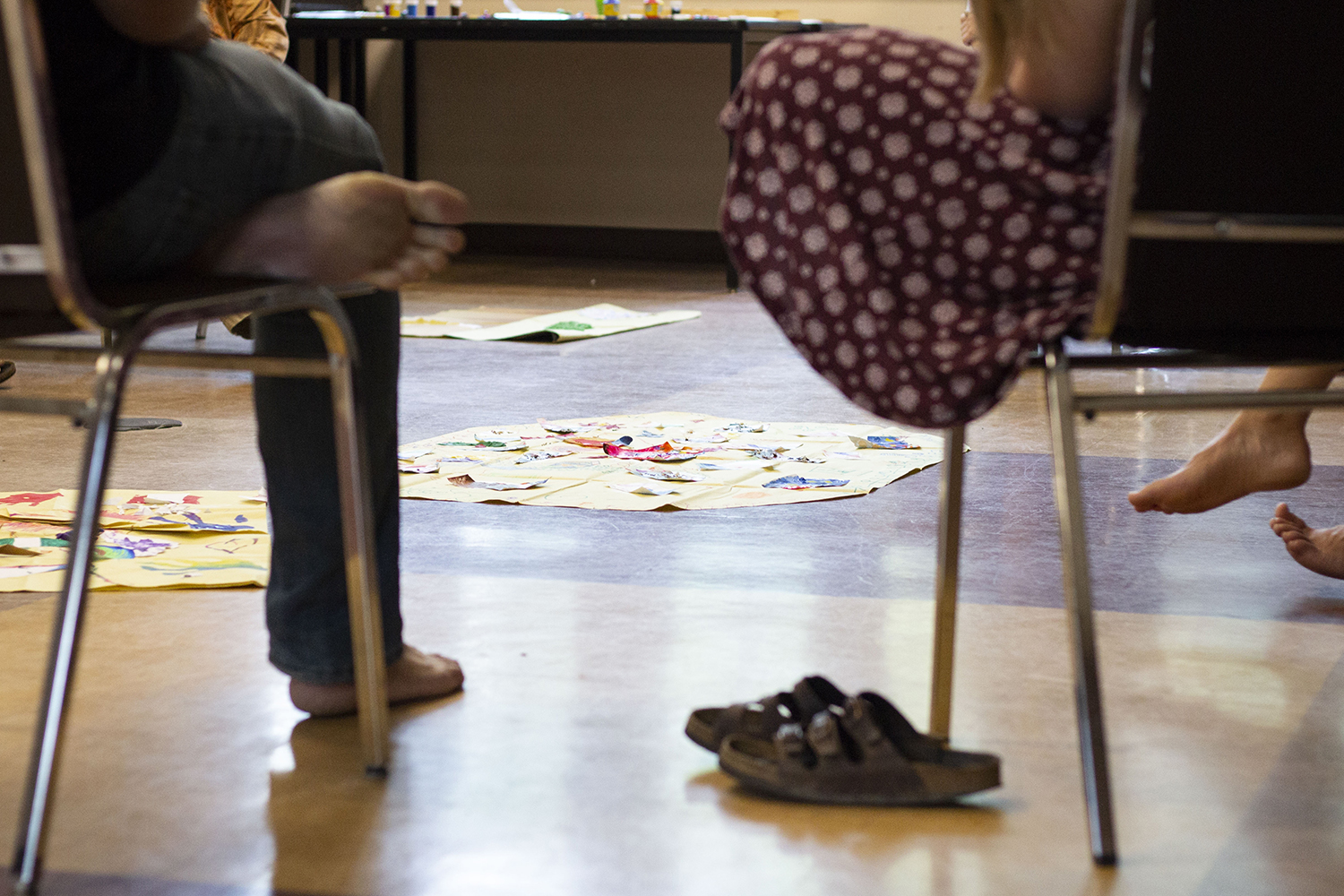


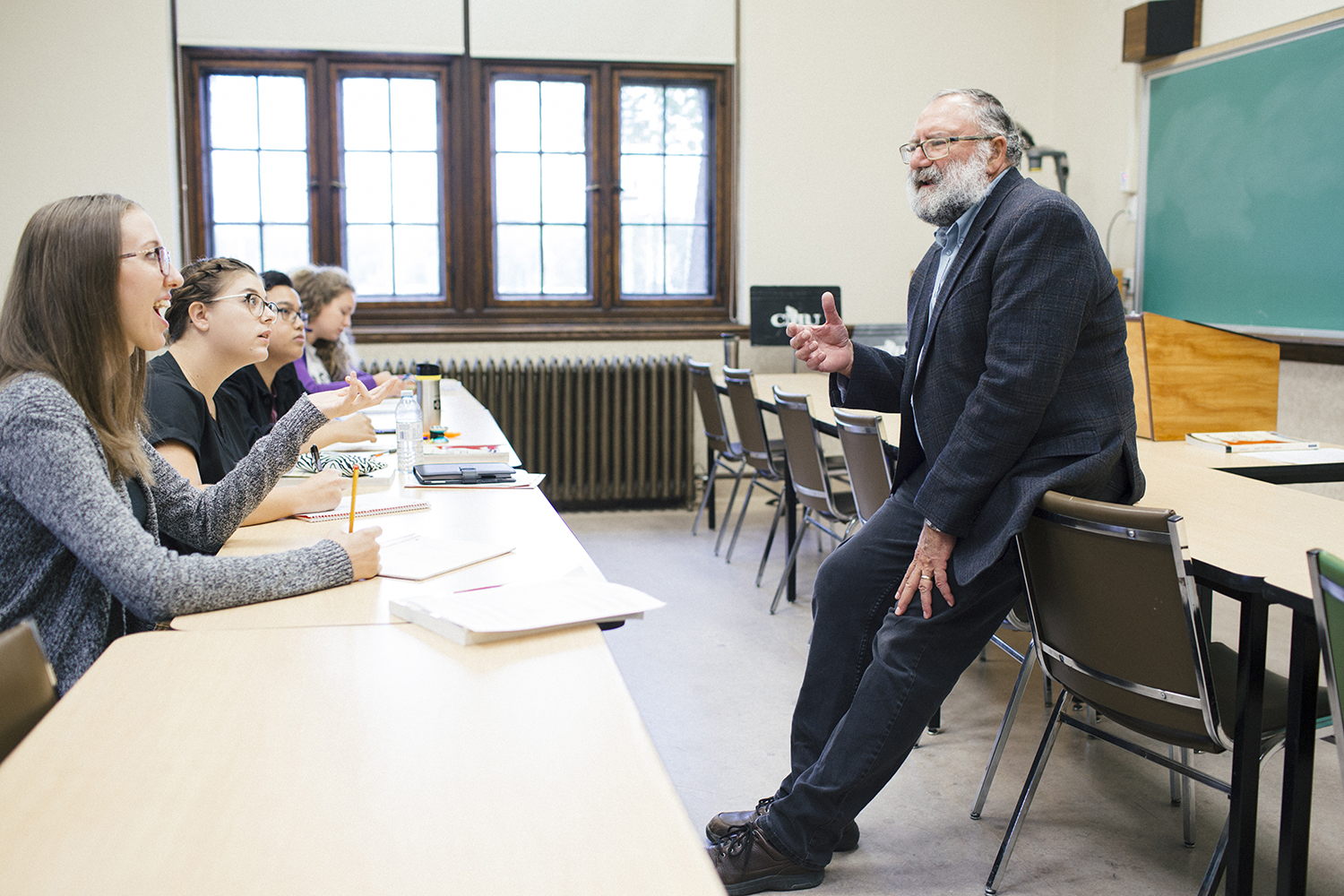
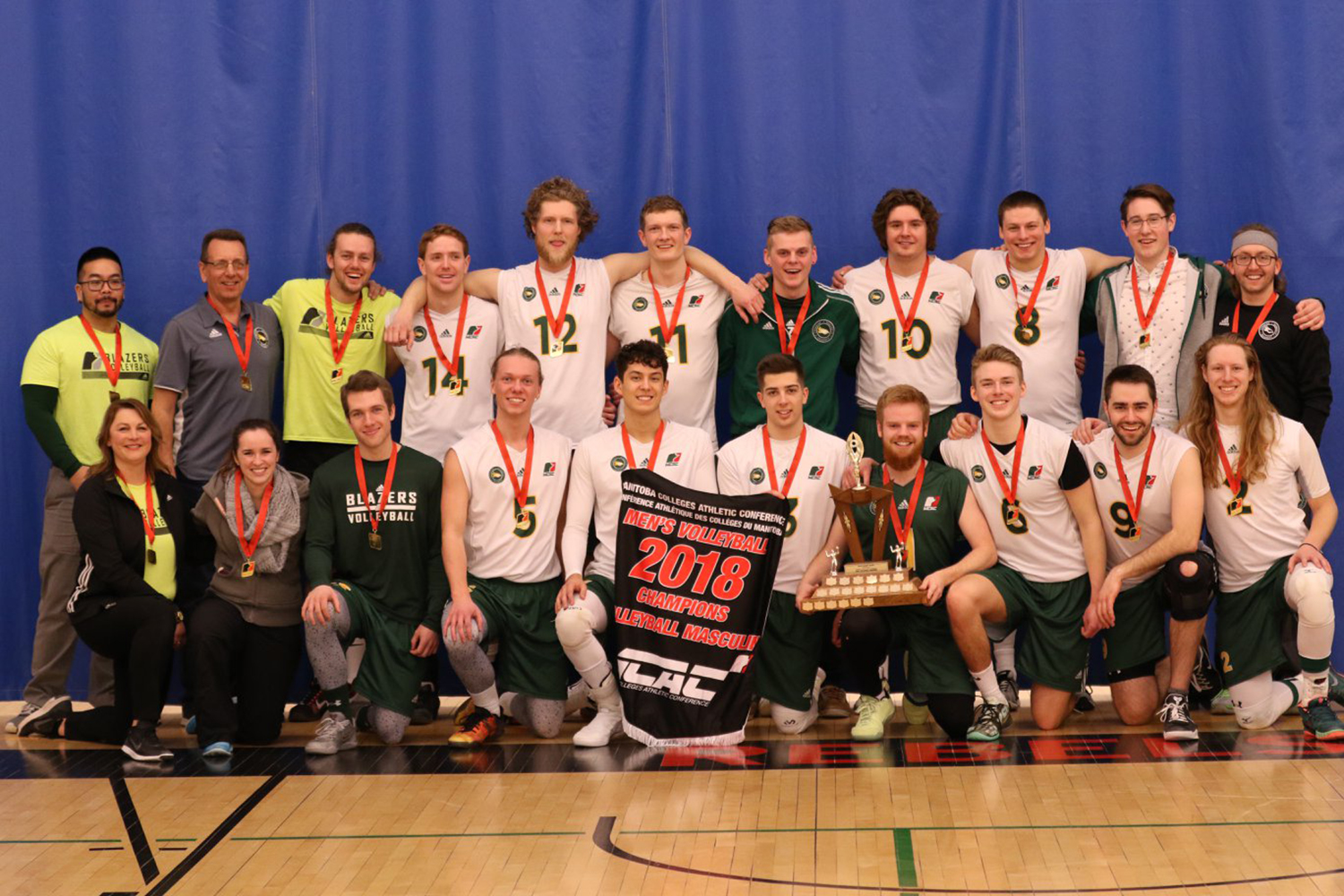
 Jason Friesen is a 2018 graduate of CMU’s
Jason Friesen is a 2018 graduate of CMU’s 
